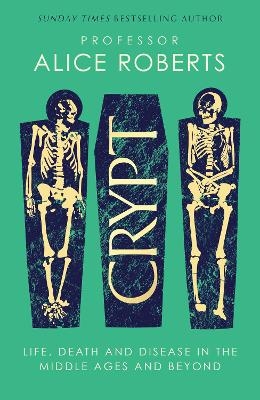
The Castle Hill Brickworks and Somerhill Estate
Post-Medieval Discoveries on the A21 Tonbridge-to-Pembury Dualling Scheme, Kent
Seiten
2021
Oxford Archaeology (Verlag)
978-0-904220-89-6 (ISBN)
Oxford Archaeology (Verlag)
978-0-904220-89-6 (ISBN)
- Titel z.Zt. nicht lieferbar
- Portofrei ab CHF 40
- Auch auf Rechnung
- Artikel merken
The most complete picture of a rural brickworks that has been published from anywhere in the south-east of England.
Excavation by Oxford Archaeology for the A21 Tonbridge to Pembury Dualling Scheme in Kent uncovered the well-preserved remains of a 19th-century rural estate brickworks, very few examples of which still survive. The Castle Hill Brickworks was established by 1833 within the grounds of the Somerhill Estate, and continued to produce bricks, tiles and drains for the estate and the local area until the 1930s. The excavated remains included three kilns, six drying sheds, a workshop and two pugmills, together with a cottage, office, clay pits and ponds, and provide the most complete picture of a rural brickworks that has been published from anywhere in the south-east of England.
Construction of the road necessitated the removal of Burgess Hill Farm, one of the post-medieval farms attached to the estate. Following the dismantling of the listed barn and stables for re-erection at the Weald and Downland Living Museum and the recording and demolition of the farmhouse and other buildings, trenches were excavated to characterise the below-ground remains and corroborate the building
sequence.
Both the brickworks and the farm were situated alongside the Tonbridge to Hastings road (later the A21), and between them a turnpike milepost was found in situ, and the remains of the 17th/18th-century road were preserved at a passing place on the slope up to Castle Hill, where timber for the brickworks was grown.
Excavation by Oxford Archaeology for the A21 Tonbridge to Pembury Dualling Scheme in Kent uncovered the well-preserved remains of a 19th-century rural estate brickworks, very few examples of which still survive. The Castle Hill Brickworks was established by 1833 within the grounds of the Somerhill Estate, and continued to produce bricks, tiles and drains for the estate and the local area until the 1930s. The excavated remains included three kilns, six drying sheds, a workshop and two pugmills, together with a cottage, office, clay pits and ponds, and provide the most complete picture of a rural brickworks that has been published from anywhere in the south-east of England.
Construction of the road necessitated the removal of Burgess Hill Farm, one of the post-medieval farms attached to the estate. Following the dismantling of the listed barn and stables for re-erection at the Weald and Downland Living Museum and the recording and demolition of the farmhouse and other buildings, trenches were excavated to characterise the below-ground remains and corroborate the building
sequence.
Both the brickworks and the farm were situated alongside the Tonbridge to Hastings road (later the A21), and between them a turnpike milepost was found in situ, and the remains of the 17th/18th-century road were preserved at a passing place on the slope up to Castle Hill, where timber for the brickworks was grown.
| Erscheinungsdatum | 29.12.2021 |
|---|---|
| Reihe/Serie | Oxford Archaeology Monograph ; 33 |
| Zusatzinfo | 167 |
| Verlagsort | Oxford |
| Sprache | englisch |
| Maße | 210 x 297 mm |
| Themenwelt | Geisteswissenschaften ► Archäologie |
| ISBN-10 | 0-904220-89-3 / 0904220893 |
| ISBN-13 | 978-0-904220-89-6 / 9780904220896 |
| Zustand | Neuware |
| Haben Sie eine Frage zum Produkt? |
Mehr entdecken
aus dem Bereich
aus dem Bereich
Holocaust heritage, noncitizen futures, and black power in Berlin
Buch | Softcover (2022)
University of California Press (Verlag)
CHF 52,35
Life, Death and Disease in the Middle Ages and Beyond
Buch | Hardcover (2024)
Simon & Schuster Ltd (Verlag)
CHF 38,40


